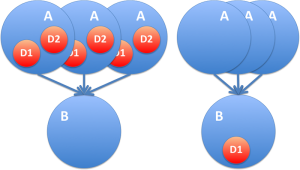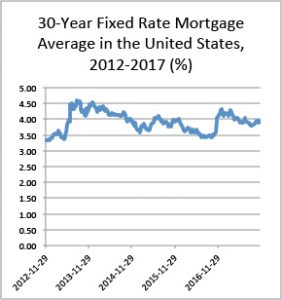Last updated on July 7th, 2021 at 03:18 pm

Organizational culture affects—and is affected by—everything the organization does. It is complex beyond imagining. It creates leaders and leaders shape culture [Schein 2016]. Fortunately, for our narrow purposes—namely, improving how we manage technical debt—we need not explore every available model of culture. All we need to know is how to adjust cultures so that they’re more amenable to technical debt management efforts. Even so, that’s an ambitious objective.
Organizational culture is the collection of values, beliefs, and principles the people of the organization share. Some of these elements are within the awareness of the organization’s people. But some might not be. Culture excludes behavior; behavior is a result of the combined effects of personal choices and organizational culture.
With respect to technical debt, our objective is ambitious because it is at once specific and general. It is general in the sense that as a goal, we would like to devise prescriptions for all organizational cultures as they strive to be more effective in managing technical debt. It is specific in the sense that we’re concerned only with those cultural factors that affect technical debt management.
The case for considering cultural effects on technical debt
But aren’t there enough technical problems to keep us occupied before we get involved in all that culture change stuff? The answer to that, I believe, is yes. But we can make more rapid progress if we allow considerations of culture to guide our technical investigations.
Some of our best minds have been working on the technical debt problem for more than two decades, mostly from the technological perspective. True, we haven’t given the issue the attention and resources it deserves. That might be changing now, but one can reasonably ask a simple question: If some of the causes of the technical debt problem are cultural, and if we begin to make some technological progress in reducing the burden of technical debt, wouldn’t the cultural causes begin to dominate at some point? If that were to happen, the effectiveness of our technical solutions would appear to decline, even though they might be “right,” because technical solutions cannot address cultural problems.
It seems only prudent to prepare for that case by examining the role of culture in creating technical debt and preventing or delaying its retirement.
A reasonable goal might be to define a set of attributes an organizational culture should have if the organization wants to limit the contributions of culture to the formation and persistence of technical debt. I suspect that for most cultures, change would be required, because most organizations now carry more technical debt than they would care to acknowledge.
As with all culture change efforts, we seek, in the end, to modify the behavior of the people who live within that culture. We want to modify aspects of the culture so as to lead its people to be more likely to make choices that are consistent with prudent technical debt management.
Where to from here
With that goal in mind, I’m opening a thread in this blog that I hope will stimulate your thinking and mine about how organizational culture and technical debt interact. This post will contain an outline of these ruminations. Here’s what I have so far:
- On assigning responsibility for creating technical debt
- With all deliberate urgency
- Technical debt: monochronic and polychronic cultures
- Cultural debt can be the primary driver of technical debt
- Using SMART goals for technical debt reduction
- Technical debt smell
- Technical debt use disorder
- Leverage points for technical debt management
References
[Schein 2016] Edgar H. Schein. Organizational Culture and Leadership, Fifth Edition, San Francisco: Jossey-Bass, 2016.
- Organizational culture and technical debt
- On assigning responsibility for creating technical debt
- Cultural debt can be the primary driver of technical debt











